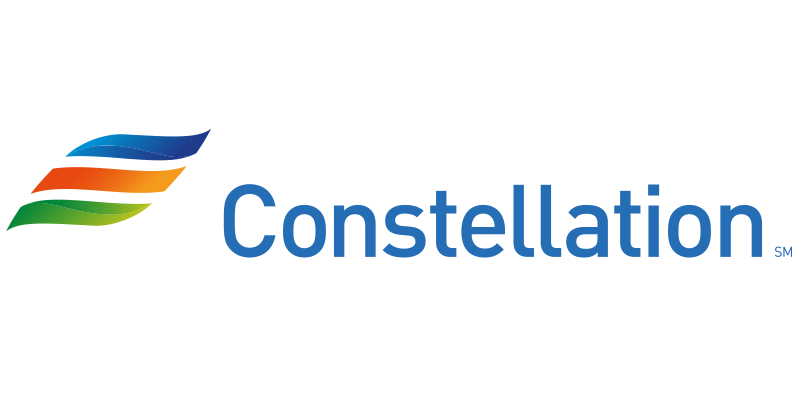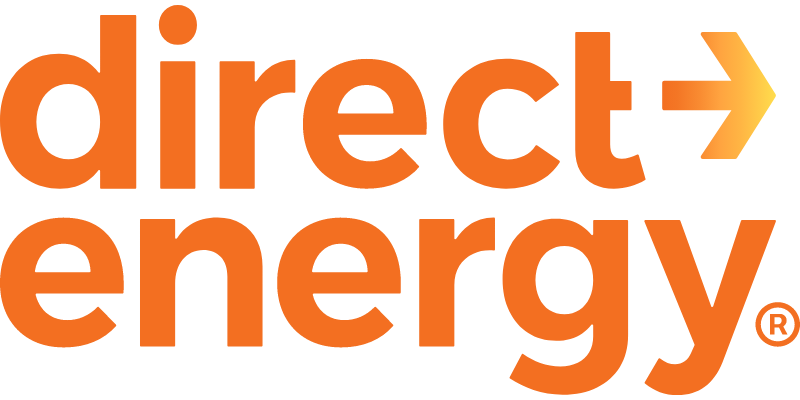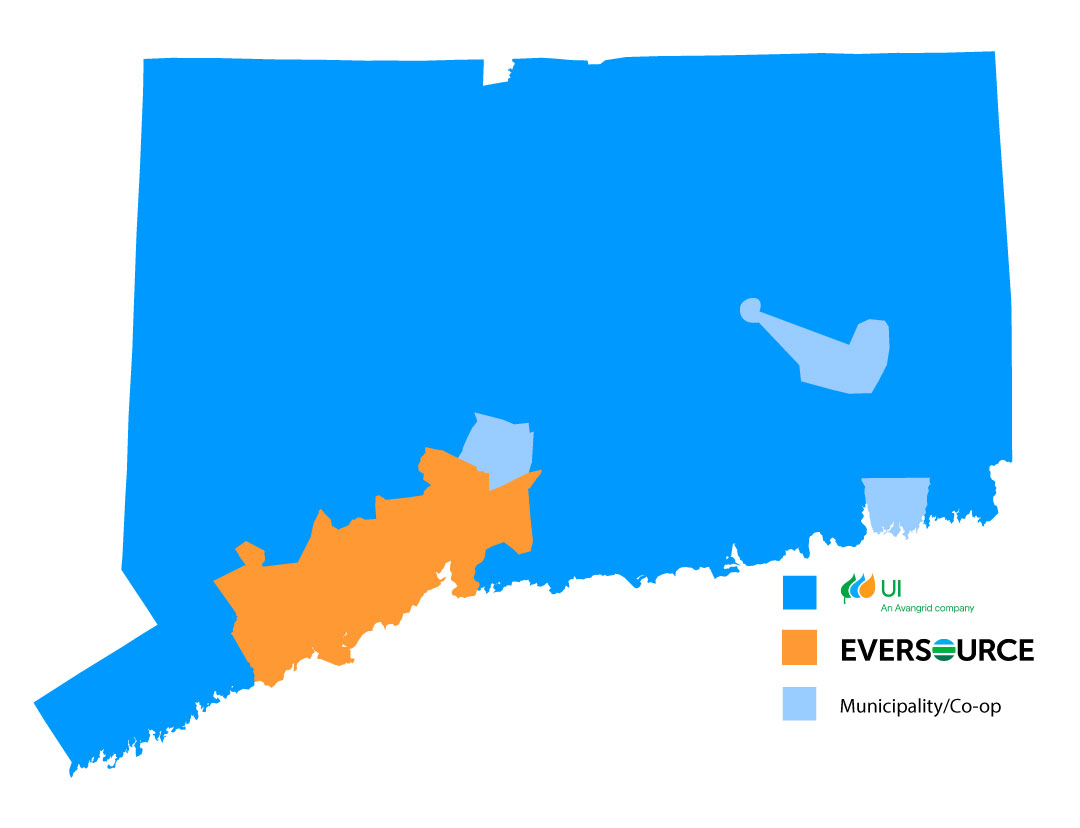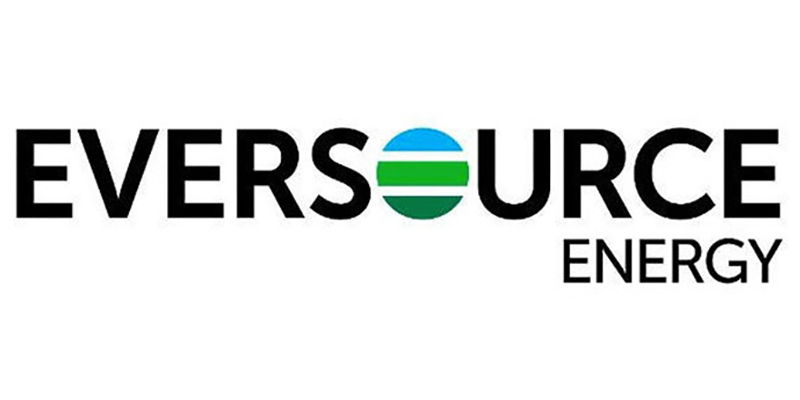Compare the Best Connecticut Electricity Rates
Find the lowest electricity rates in Connecticut.
Enter Your ZIP Code to Get Started
Rated 5/5
Based on over 41,000 reviews
20+
Years of Experience
40%
Save up to 40%
100+
Electricity Providers
Recommended Connecticut Electricity Plans
Electricity Suppliers in Connecticut
Constellation is the US's largest producer of carbon-free energy and a leader of retail supply of power, natural gas and home services for residences across the nation. Headquartered in Baltimore, their generation fleet produces enough energy to power 15 million homes and is helping to accelerate the nation's shift to clean energy with more than 32,400 megawatts of capacity and annual output that is 90 percent carbon-free. Constellation serves approximately 2 million residential, public sector and business customers, including three-fourths of the Fortune 100.
Compare The Best Connecticut Electricity Rates
We've researched the best providers and plans so you can find a great electricity rate in Connecticut
| Company | Term | Rate |
|---|---|---|
| Constellation | 12/months | 12.8¢/kWh |
| Major Energy | 12/months | 13.9¢/kWh |
| XOOM Energy | 12/months | 13.9¢/kWh |
| Company | Term | Rate |
|---|---|---|
| Direct Energy | 24/months | 14.0¢/kWh |
How to Start Electricity Service in Connecticut
Starting electricity service in Connecticut is a straightforward process, whether you're moving into a new home or switching providers. The first step is to determine which utility serves your area. Connecticut has two main electric distribution companies: Eversource and United Illuminating (UI). Eversource serves most of the state, while UI services areas around Bridgeport and New Haven. Once you know your utility, visit their website to start service.
For Eversource customers, go to the Start or Stop Service page and create or log in to your account to request service online. UI customers can do the same by visiting their Start or Stop Service portal. Be ready to provide your address, move-in date, and identification details. Service can usually begin within a few business days.
You can also shop for electricity supply rates, Connecticuts deregulated energy market allows you to compare electricity suppliers. Choosing a third-party supplier may help you find a better rate than the default utility price.
Connecticut Electric Utility Map
What is the Price to Beat or Standard Service Offer?
Connecticut uses a "Standard Service Offer " or SSO. The SSO allows you to compare energy supplier rates againtst utility company rates. The SSO is based on how much the utility spends on purchasing electricity. Your utility rate changes twice a year; January 1st and July 1st.
More often than not - the rates charged by Utility companies are higher than those avaialble in the competitve marketplace. It pays to compare, switch and lock in long term savings without the bi annual changes.
The current SSOs in Connecticut are:
{widget}How to Switch Electricity Providers in Connecticut
(Bill Image w/ - Pointing to Items)Get a copy of your most recent bill. You'll need your:
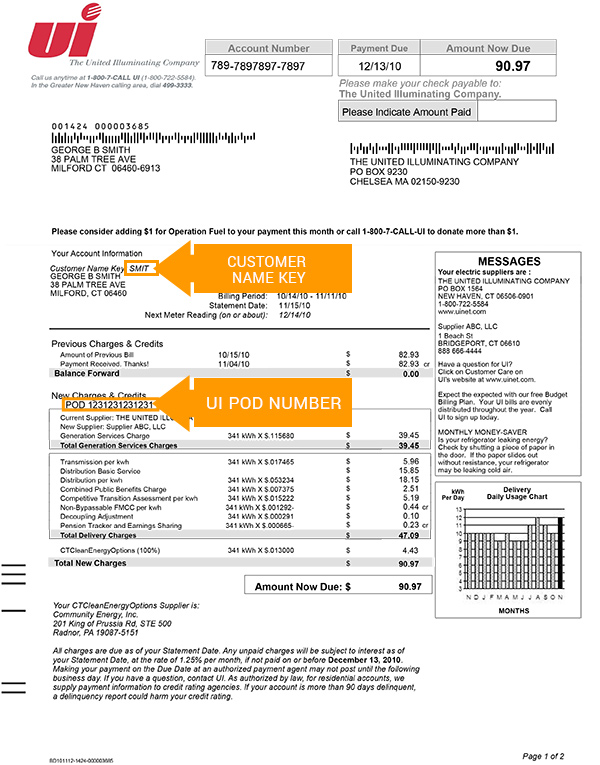
- Account Number and/or POD ID
- Service and Billing Address
- Name Key
- Billing Cycle
1. Compare Rates
Enter Your Zip Code and Compare licensed electricity suppliers and rates for your utility (Eversource or UI).
2. Choose a Plan
Select a plan that fits your needslook at the price per kWh, contract length, fees, and renewable options.
3. Sign Up
Sign up directly through UtilityRates.com Youll need your electric bill for your account number and service info.
4. Confirmation
Youll receive confirmation, and the switch typically takes effect in one or two billing cyclesno service interruption or technician visit is needed.
5. No Fees
Theres no fee to switch, and you can return to the utilitys standard offer anytime.
Community Solar in Connecticut
How It Works in Connecticut
Community solar in Connecticut allows residents and businesses to benefit from solar energy without installing panels on their own property. Instead, customers subscribe to a local solar projectoften located off-site and receive credits on their electric bills based on their share of the power the project produces. This model is ideal for renters, condo owners, and those with shaded roofs or limited budgets.
Program Overview and Benefits
Connecticut's Community Solar program, overseen by the Public Utilities Regulatory Authority (PURA), is part of the Shared Clean Energy Facility (SCEF) initiative. Subscribers can save on their electric bills while supporting clean, local energy generation. Participation is voluntary and open to customers of Eversource and United Illuminating. Community solar promotes energy equity, environmental sustainability, and consumer choice core goals of Connecticut's evolving energy policy.
Connecticut's Energy Deregulation
Connecticuts energy market has undergone a major transformation since the passage of Public Act 98-28 in 1998, when electricity rates were among the highest in the country. The Connecticut Department of Public Utility Control (DPUC) approved the deregulation plan to give residents more control over their energy choicesand by 2000, new laws had taken full effect.
Connecticut Deregulation History and Legislation
Prior to deregulation, residents had no alternative but to rely on two utilities: Connecticut Light & Power (CL&P) and United Illuminating (UI). These companies controlled both the supply and delivery of power. PA 98-28 required them to unbundle services and focus solely on delivery, billing, and system maintenance. This opened the market to new retail electricity suppliers competing on price and service offerings.
Impact on the Market
Deregulation introduced innovation and flexibility. Suppliers began offering residential and commercial plans, solar options, and budget-friendly payment plans. This gave residents the power to choose plans that matched their financial needs and lifestyle, improving affordability and transparency in energy pricing.
Connecticut Utility Companies and Stranded Costs
To compensate utilities for their lost generation revenues, the DPUC allowed recovery of stranded costs through four charges that are still present in CT electric bills. These surcharges also fund renewable energy programs and conservation strategies that benefit the environment and the grid.
Connecticut Electricity Utilities
Today, depending on where they live, Connecticut residents receive electricity distribution from either Eversource Energy or United Illuminating, while choosing their own energy supplier for generation. This structure supports a competitive market that encourages innovation and lower prices.
Utility Company vs. Energy Supplier in Connecticut
Role of a Connecticut Utility Company
In Connecticuts deregulated electricity market, utility companies such as Eversource and United Illuminating are responsible for delivering electricity to homes and businesses. They own and maintain the electric grid infrastructure, including power lines, poles, transformers, and meters. Utilities handle outage response, maintenance, and emergency repairs. They also manage billing, even if you choose a third-party energy supplier. The delivery portion of your bill, regulated by the Connecticut Public Utilities Regulatory Authority (PURA), pays for these services.
Role of an Energy Supplier in Connecticut
Energy suppliers, also known as retail electric suppliers, compete to sell the actual electricity you use. They purchase electricity from generators and offer supply plans to customers. If you do not choose a supplier, your utility provides the Standard Service at a default rate that is set by PURA. However, by shopping for a supplier, you may find lower rates, fixed-price contracts, or 100% renewable energy options.
Who Do I Pay?
No matter which supplier you choose, your utility still delivers the electricity and sends one combined bill. That bill includes both supply charges (set by your supplier) and delivery charges (set by the utility).
What do utility companies in Connecticut do?
Green Energy Options in Connecticut
Renewable Electricity Choices
Connecticut residents have several green energy options thanks to the states deregulated electricity market. Many licensed retail suppliers offer 100% renewable energy plans sourced from wind, solar, or hydroelectric power. Customers can also participate in programs like Community Solar or support renewable energy through the Clean Energy Option on their utility bill. The states Renewable Portfolio Standard (RPS) ensures increasing amounts of electricity come from clean sources each year. These options give consumers the ability to reduce their carbon footprint while supporting Connecticuts transition to a more sustainable, low-emission energy future.
Connecticut Electricity Market FAQs
1. Can I choose my electricity supplier in Connecticut?
Yes. Connecticut has a deregulated electricity market, meaning you can choose a licensed retail energy supplier for your electricity supply. Your local utility will still deliver the power and maintain the infrastructure.
2. What happens if I dont choose a supplier?
If you dont select a supplier, youll receive the Standard Service supply from your utility (Eversource or United Illuminating) at a rate set and approved by the Public Utilities Regulatory Authority (PURA).
3. Will I get two bills?
No. Youll receive a single monthly bill from your utility company that includes both supply (from your chosen supplier or default service) and delivery charges.
4. How do I compare supplier offers?
You can compare licensed suppliers , terms, contract details and official rates by entering your zip code anywhere on UtilityRates.com.
5. Is there a risk in switching suppliers?
Some suppliers offer variable rates or contracts with cancellation fees. Always read the fine print, compare contract terms, and check that the supplier is licensed by PURA.
Ready to choose your energy rate?
Enter your ZIP code to explore the best energy plans in your area. Compare energy rates side by side, and choose the one that fits your home and budget.



